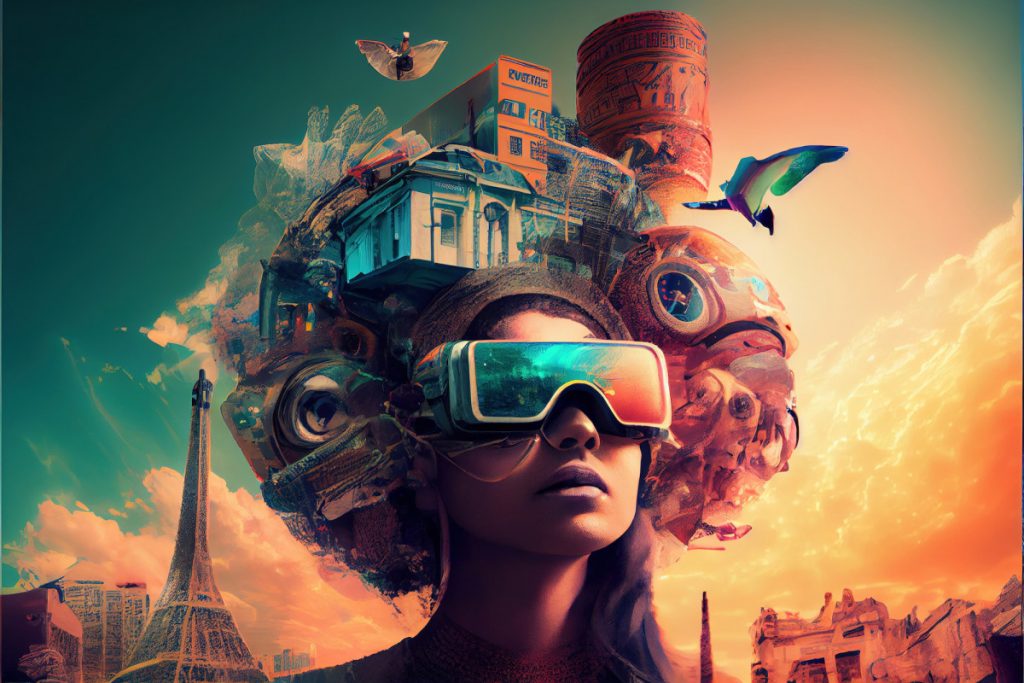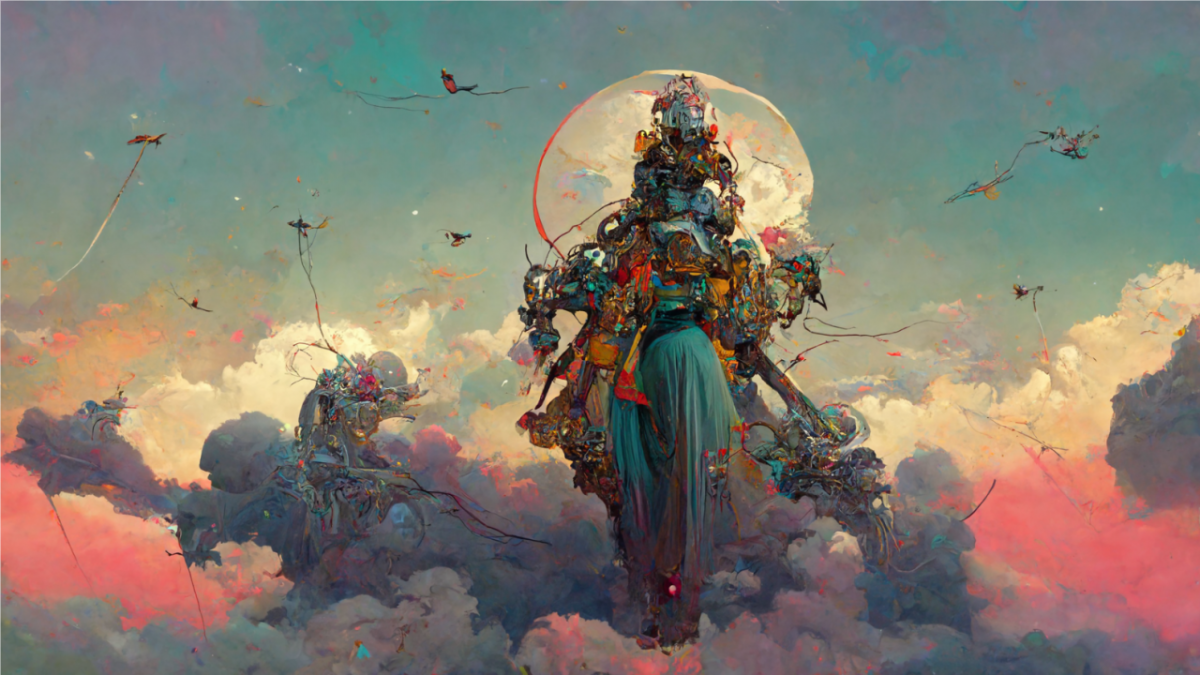In today’s digital age, visual content plays a pivotal role in capturing the attention of online audiences. Whether you’re a developer working on a website, app, or any digital platform, integrating AI-driven image generation can be a game-changer. Enter the realm of the image generator API, a powerful tool that harnesses the capabilities of artificial intelligence to create stunning images from text inputs. In this article, we’ll explore the numerous applications of this API and its transformative impact on the world of business.
The AI Image Generator API: Unleashing Creativity
AI Image Generator API opens up a world of possibilities for developers seeking to enhance their applications and websites. By simply providing text input, this API leverages cutting-edge AI algorithms to generate images that are not only visually appealing but also highly customizable. In the following sections we will discuss some of the features and main applications that this API brings to the table.

Blog and Website Content Generation
Content is king in the digital realm, and having engaging visuals can significantly boost user engagement. With AI Image Generator API, developers can dynamically create images to complement blog posts, articles, and web pages. Imagine a travel blog that instantly generates beautiful landscapes or a recipe website that generates mouthwatering dish images based on text descriptions. This API allows you to automate the visual content creation process, saving time and resources.
Traditional image creation methods, such as hiring photographers or graphic designers, can be costly and time-consuming. The API reduces these expenses by automating the process, making high-quality visuals accessible to businesses of all sizes.
Customized Reports and Infographics
Businesses often need to present data and insights in a visually appealing manner. Developers can utilize AI Image Generator API to transform raw data into professional-looking infographics and reports. This not only enhances the clarity of information but also elevates the overall brand image.
Personalized User Experiences
Tailoring user experiences is a key strategy for retaining customers. With this API, you can create personalized avatars, greeting cards, and profile images based on user preferences or input. Such personalization can foster a stronger emotional connection between users and your platform.
Engaging visuals capture user attention and encourage interaction. By using this API to create images, businesses can display visually stunning content that keeps users engaged and coming back for more.
How Does An Image Generation API Work?
AI Image Generator API operates on advanced machine learning models that have been trained on vast datasets of images and text. These models are capable of understanding textual descriptions and converting them into coherent visual representations. You provide a description or a set of keywords that outline the image you want to create. Be as detailed as you like to ensure the generated image aligns with your vision.
The API leverages its deep learning capabilities to interpret your input and generate a corresponding image. It considers various factors, such as style, color, and composition, to produce a visually appealing result. The output is delivered in SRC, like so:
{"images":[{"id":"07d08688-fa7d-4c71-8be9-83ce50d3b40f","gallery":"https://lexica.art?q=07d08688-fa7d-4c71-8be9-83ce50d3b40f","src":"https://lexica-serve-encoded-images.sharif.workers.dev/md/07d08688-fa7d-4c71-8be9-83ce50d3b40f","srcSmall":"https://lexica-serve-encoded-images.sharif.workers.dev/sm/07d08688-fa7d-4c71-8be9-83ce50d3b40f","prompt":"spacex starship rocket landing in a field of flowers at sunset, impressionist painting","width":512,"height":512,"seed":"2330274534","grid":false,"model":"stable-diffusion","guidance":7,"promptid":"fc3cbac0-be13-4c1d-86eb-797e5c29a99d","nsfw":false},{"id":"0bec9f69-2109-410d-8f73-3579bb755858","gallery":"https://lexica.art?q=0bec9f69-2109-410d-8f73-3579bb755858","src":"https://lexica-serve-encoded-images.sharif.workers.dev/md/0bec9f69-2109-410d-8f73-3579bb755858","srcSmall":"https://lexica-serve-encoded-images.sharif.workers.dev/sm/0bec9f69-2109-410d-8f73-3579bb755858","prompt":"Starship from SpaceX flying in the space, vivid colors, matte painting, trending artstation, octane render, cinematic rendering, 8k","width":512,"height":512,"seed":"1589433884","grid":false,"model":"stable-diffusion","guidance":7,"promptid":"458ee1b4-eb10-46f2-8cde-c11a57164021","nsfw":false}Here’s a video that explains more visually what this API is capable of doing:
How Can I Get This Image Generation API?
AI Image Generator API is a versatile tool that empowers developers to revolutionize visual content creation. Whether you’re enhancing your blog, elevating your e-commerce site, or amplifying your social media presence, this API unlocks the potential for creativity and engagement in the world of business.
In conclusion, as businesses continue to embrace digital transformation, AI Image Generator API stands as a testament to the power of AI in shaping the future of visual content. By providing developers with the means to create captivating images from text inputs, this API empowers businesses to stay ahead in the competitive online landscape, offering innovative and engaging visual experiences to their users. You can get this API by following the instructions provided below

- Go to www.zylalabs.com and search for “AI Image Generator API“, then click on the “Start Free Trial” button to start using the API.
- Register and choose the plan that suits you best, you can cancel it whenever you want, even at the end of the free trial.
- Once you find the endpoint you need, make the API call by clicking the “run” button and you will see the results on your screen. You can also choose the programming language.
- Want to learn more about this topic? Go check this article

